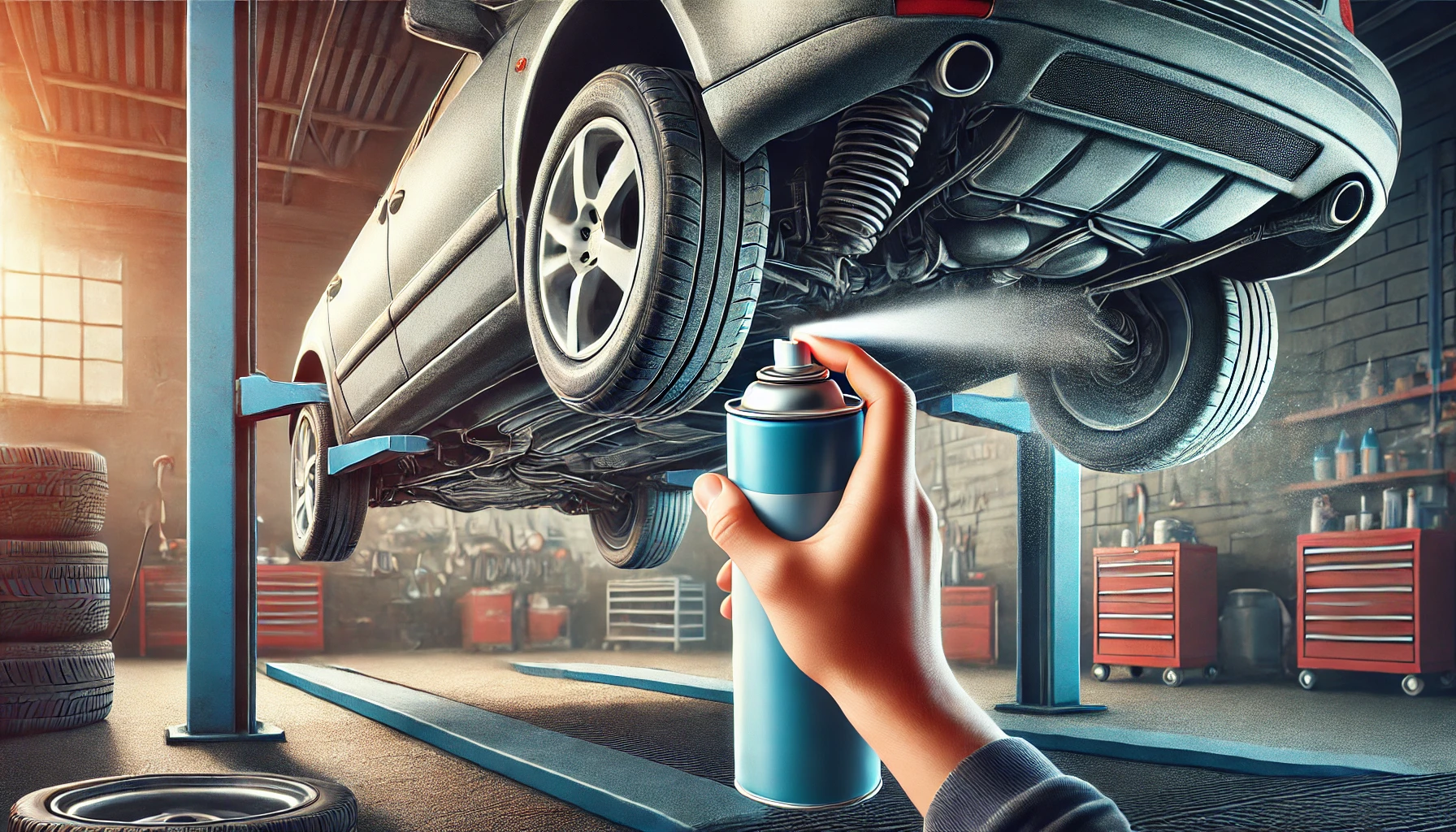Preventive car maintenance is essential for keeping your vehicle in top condition and avoiding expensive repairs. Regularly servicing your car helps extend its lifespan, improves safety, and ensures better performance. In this guide, we will cover the key maintenance tasks every car owner should follow.
1. Follow the Manufacturer’s Maintenance Schedule
Every vehicle comes with a maintenance schedule outlined in the owner’s manual. Following this schedule ensures that all essential components are checked and serviced on time.
Important Maintenance Intervals:
- Oil change: Every 5,000 to 10,000 miles, depending on the type of oil used
- Brake inspection: Every 10,000 to 15,000 miles
- Tire rotation: Every 5,000 to 7,500 miles
- Battery check: Every six months
- Transmission fluid replacement: Every 30,000 to 60,000 miles
Neglecting these intervals can lead to costly repairs and reduced vehicle performance.
2. Check and Change the Engine Oil
Oil lubricates the engine, reducing friction and preventing wear. Dirty or low oil levels can cause overheating and engine damage.
How to Check and Change Oil:
- Park on a level surface and let the engine cool down
- Remove the dipstick, wipe it clean, then reinsert and remove it again to check the oil level
- If the oil is dark or low, replace it with the manufacturer-recommended type
- Change the oil filter along with the oil to maintain proper lubrication
Regular oil changes keep the engine running smoothly and efficiently.
3. Inspect the Brakes Regularly
Brakes are one of the most critical safety components in a car. Worn-out brake pads or faulty brake fluid can compromise stopping power.
Signs of Brake Issues:
- Squeaking or grinding noises
- Soft or spongy brake pedal
- Vibration when braking
- Warning light on the dashboard
Check the brake fluid and replace worn-out pads to ensure a safe driving experience.
4. Maintain Proper Tire Pressure and Tread Depth
Tires impact fuel efficiency, handling, and overall safety. Underinflated or worn-out tires increase the risk of accidents.
Tire Maintenance Tips:
- Check tire pressure at least once a month and adjust to the recommended PSI
- Rotate tires regularly to ensure even wear
- Inspect tread depth using a penny test—if the tread is too shallow, replace the tires
- Look for cracks or bulges that could indicate structural damage
Proper tire maintenance helps improve fuel economy and extends tire life.
5. Keep the Battery in Good Condition
A weak battery can leave you stranded. Regular maintenance helps prevent unexpected failures.
Battery Maintenance Tips:
- Clean battery terminals to prevent corrosion
- Ensure the battery is securely fastened to avoid vibrations
- Test battery voltage every six months to check its condition
- If the battery is over three years old, consider replacing it before failure occurs
Regular battery checks can help avoid sudden breakdowns.
6. Replace Air Filters Periodically
A clogged air filter reduces engine efficiency and increases fuel consumption.
When to Replace Air Filters:
- Engine air filter: Every 12,000 to 15,000 miles
- Cabin air filter: Every 15,000 to 20,000 miles
Replacing air filters ensures better engine performance and cleaner air inside the cabin.
7. Check the Cooling System
The cooling system prevents the engine from overheating. A malfunction can lead to severe engine damage.
Cooling System Maintenance:
- Check coolant levels and top up if necessary
- Flush and replace coolant every 30,000 miles or as recommended
- Inspect hoses and the radiator for leaks
Maintaining the cooling system helps prevent overheating and costly engine repairs.
8. Keep an Eye on Warning Lights
Dashboard warning lights indicate potential issues that require immediate attention. Ignoring them can lead to severe damage.
Common Warning Lights:
- Check Engine Light: Can indicate anything from a loose gas cap to a serious engine problem
- Battery Light: Suggests charging system failure
- Brake Warning Light: Indicates low brake fluid or worn-out brake pads
- Oil Pressure Light: Signals low oil levels or pressure issues
Address warning lights as soon as they appear to avoid expensive repairs.
9. Inspect Belts and Hoses
Belts and hoses play a crucial role in the operation of the engine and cooling system.
Signs of Wear:
- Cracks or fraying on belts
- Leaks or bulges in hoses
- Squealing noises from the engine bay
Replace damaged belts and hoses before they fail to prevent engine breakdowns.
10. Keep Fluids at the Right Levels
Fluids are essential for various car systems, from the engine to the brakes.
Essential Fluids to Check:
- Engine oil: Lubricates engine components
- Coolant: Prevents overheating
- Brake fluid: Maintains braking power
- Transmission fluid: Ensures smooth gear shifts
- Power steering fluid: Assists in steering control
- Windshield washer fluid: Helps keep the windshield clean
Check and refill fluids regularly to ensure optimal vehicle performance.
Final Thoughts
Preventive maintenance is the key to avoiding costly car repairs and ensuring a safe driving experience. By following these maintenance tips, you can keep your car in excellent condition and reduce the risk of unexpected breakdowns. Regular servicing not only extends the lifespan of your vehicle but also helps maintain its resale value.


